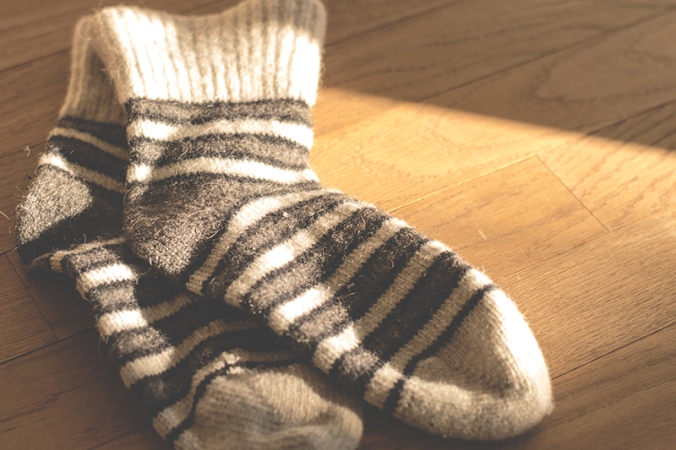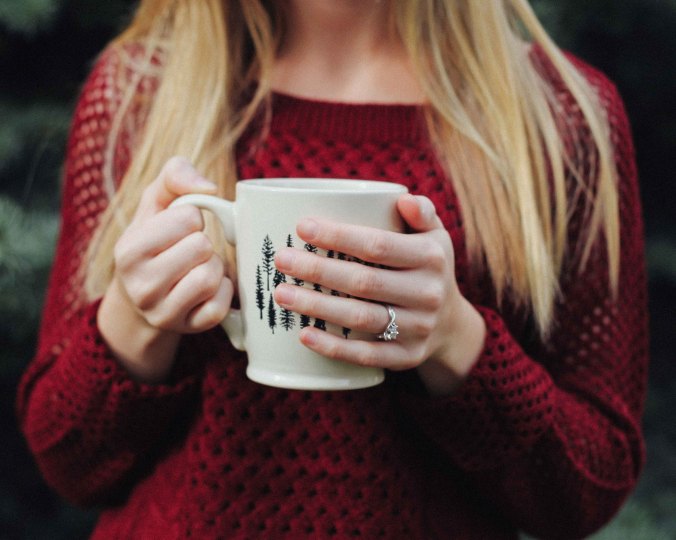Secondary sources mean that you gather information that has already been created by someone else, while a primary source is the information you gather yourself. For example, quoting an interview presented by a different newspaper, or writing a background piece based on information found in a book would be a secondary source. Interviewing a person, face-to-face would be a primary source. It is about getting the information directly from the source, rather than through an intermediator.
Primary sources are important in journalism as it makes the article unique. Journalism is about saying something new, enlighten the public and scrutinize the leaders. That wouldn’t be possible if we only took part in secondary sources. Using primary sources is also a way to insure whether the knowledge and information you already have is somewhat correct.
One tip that i found especially useful as we were talking about interviews, was knowing the difference in interviewing a person “off the record” or “on the record”. When interviewing a person off the record, the quotes can’t be used in your work, but only as background or to guide your research. You can however say “sources has told” if you still want to use the given information.

